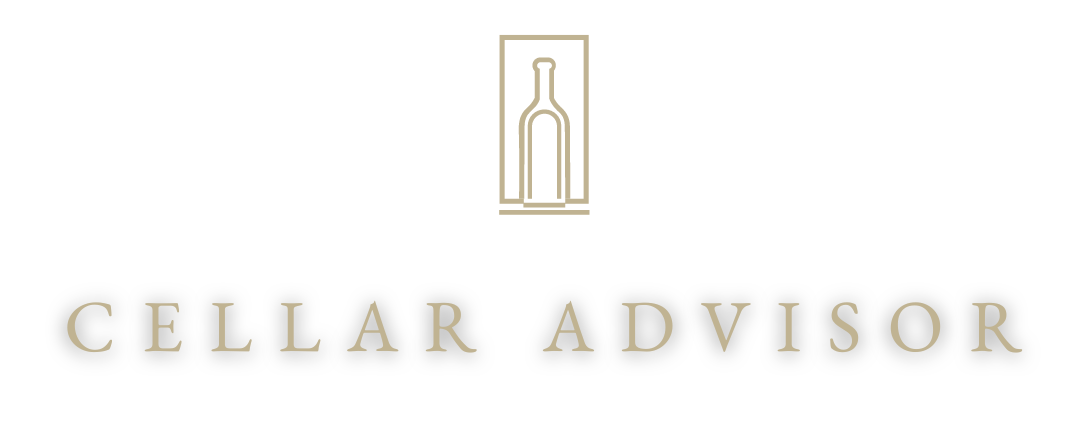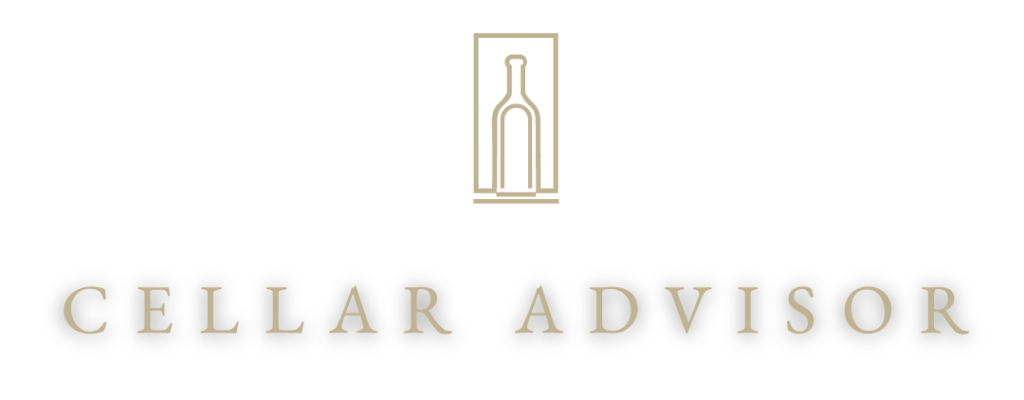A Stable Option for Beginners
Investing in fine wines has long been a favored strategy for collectors and investors seeking stable, long-term returns. Unlike traditional financial assets, fine wines tend to appreciate in value over time due to their rarity, aging potential, and increasing global demand. For beginners, wine investment offers an alternative asset class that is both enjoyable and profitable when approached correctly.
Investment in Fine Wine?
Fine wine is considered a relatively stable investment because it is:
✅ Resilient to Economic Fluctuations – Wine prices tend to remain steady even during financial downturns.
✅ A Tangible Asset – Unlike stocks, you own a physical product with inherent value.
✅ Increasing in Demand – Global interest in fine wines, particularly from emerging markets, continues to grow.
✅ Limited in Supply – As fine wines age and are consumed, the remaining supply becomes rarer, driving up value.
Over the past two decades, fine wine has outperformed traditional markets like the S&P 500 and gold, with leading investment-grade wines yielding annual returns of 8-12%.
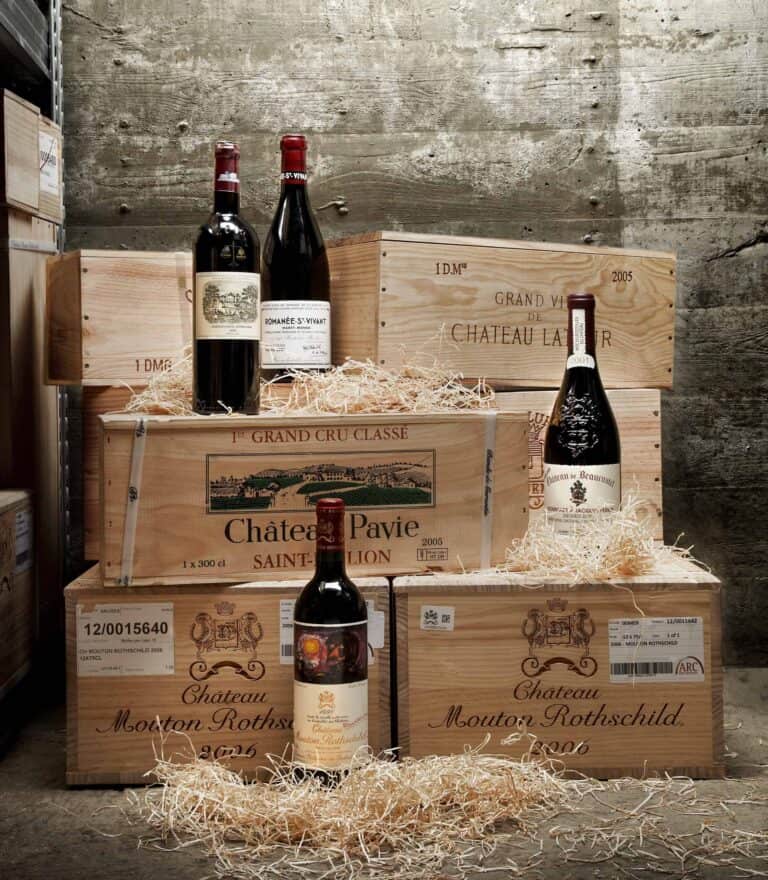
How to Get Started in Fine Wine Investment
1. Understand the Market
Fine wines from certain regions and producers consistently appreciate in value. The most sought-after investment wines typically come from:
- Bordeaux (France): Château Lafite Rothschild, Château Margaux
- Burgundy (France): Domaine de la Romanée-Conti, Armand Rousseau
- Champagne (France): Krug, Dom Pérignon
- Tuscany (Italy): Sassicaia, Ornellaia
- Napa Valley (USA): Screaming Eagle, Opus One
These wines have a strong track record of demand and aging potential, making them excellent investment choices.
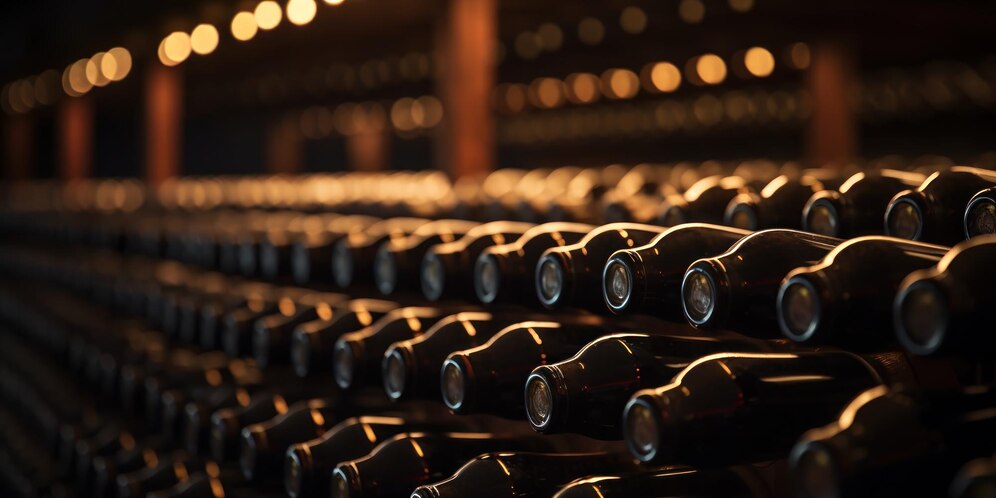
2. Choose Your Investment Approach
There are several ways to invest in fine wine:
📦 Buying and Storing Physical Bottles – Purchasing cases of investment-grade wines and storing them properly for resale later.
📈 Investing in Wine Funds – Companies like Cult Wines and Vinovest manage wine portfolios for investors.
🍇 Wine Futures (En Primeur) – Buying wines before they are bottled, often at a lower price.
🏦 Wine Stocks & ETFs – Investing in publicly traded companies involved in wine production and distribution.
3. Proper Wine Storage
Fine wine must be stored in optimal conditions to maintain its value:
- Temperature: 50-55°F (10-13°C)
- Humidity: 60-70%
- Darkness: Minimal light exposure to prevent spoilage
- Minimal Vibration: To allow wine to age properly
Many investors use professional wine storage facilities like Octavian Vaults, London City Bond, or Vinothèque, which provide the ideal environment and help maintain provenance.
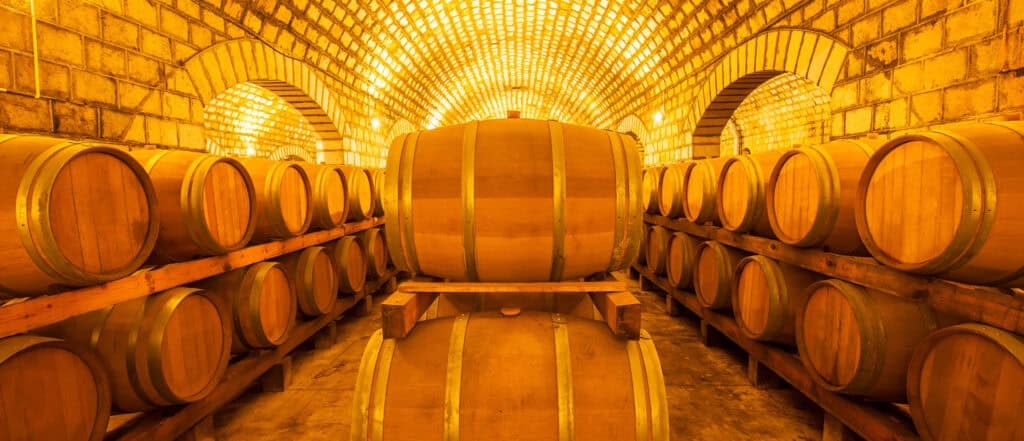
Tracking and Selling Your Investment
To monitor wine prices and market trends, use platforms like:
- Liv-ex (London International Vintners Exchange) – A global marketplace for fine wines.
- Wine-Searcher – Tracks current wine prices and availability.
- Auction Houses (Sotheby’s, Christie’s, Bonhams) – Sell wines at premium prices to collectors.
Investment wines typically appreciate over 5-15 years, making them a long-term asset. Selling can be done through auctions, fine wine merchants, or private collectors.
Risks and Considerations
While fine wine is a stable investment, it does come with risks:
⚠️ Counterfeit Wines – Buy only from reputable sources to avoid fraud.
⚠️ Market Fluctuations – Although generally stable, prices can be affected by critic reviews and economic shifts.
⚠️ Liquidity Issues – Unlike stocks, selling wine may take time and require finding the right buyer.
Final Thoughts
Fine wine investment with cellar advisor is an excellent option for beginners looking for a stable and enjoyable alternative asset. By selecting the right wines, ensuring proper storage, and keeping an eye on market trends, investors can build a profitable wine portfolio. Whether you invest directly in bottles, funds, or wine-related stocks, this market offers significant potential for long-term growth.

